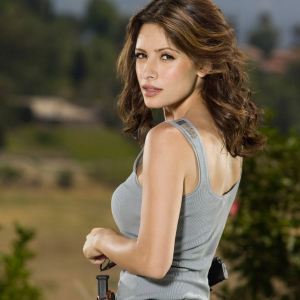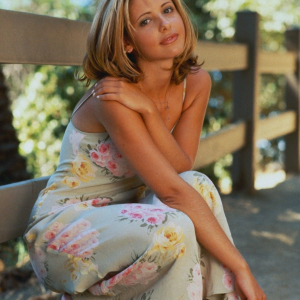Have you ever wondered why roads winding up mountains and steep slopes seem to take the long way around? Most people understand that the shortest distance between two points is a straight line. However, when it comes to constructing roads in mountainous regions, engineers often opt for meandering paths instead. Let’s explore the fascinating reasons behind this design choice.
The Importance of Safety in Road Design

When building roads, particularly in challenging terrains like mountains, safety becomes the top priority. Engineers design these winding roads not merely for aesthetics but to enhance safety for drivers and pedestrians alike. The reason for these curves lies in the natural behavior of both animals and humans when navigating steep inclines.
Lessons from Nature: The Donkey’s Path
In the past, builders would often send a donkey up the slope to understand the safest route. Surprisingly, donkeys don’t take the shortest path. Instead, they prefer a route with a gradual incline, typically around 8 to 10 degrees. This preference is crucial because it minimizes the physical strain on the animal, showcasing a natural inclination towards gentler slopes.
Once the donkey’s path was established, engineers would measure and sketch it to create a road that mirrors this route. This approach not only respects the animal’s natural tendencies but also provides a more accessible path for pedestrians and vehicles.
Why Not a Straight Shot? Understanding Human Factors
You might be asking, “Why can’t we just build a straight road up the mountain?” While this might seem like a cost-effective solution, it poses several risks. Long stretches of steep inclines can impair drivers’ visibility, leading to distractions that can be dangerous.
When driving straight uphill, the view can become obstructed by the steep terrain ahead. This limited sightline can lead to panic or hesitation, increasing the likelihood of accidents. Curvy roads, on the other hand, allow drivers to adjust their speed and maintain better visibility of upcoming turns and obstacles.
The Psychological Aspect of Driving on Winding Roads
Curvy roads also play a significant role in driver psychology. Studies show that drivers tend to feel more in control and focused when navigating winding paths. The act of turning and adjusting to the road’s curvature keeps drivers engaged and attentive, reducing the risk of fatigue or distraction.
Imagine driving on a straight road with monotonous scenery—your mind might drift, and you could lose focus. However, the twists and turns of a mountain road can make the journey feel more dynamic and engaging. This psychological factor is essential for long-distance travel in mountainous regions.
Environmental Considerations in Road Construction
Building straight roads in mountainous regions could also have negative environmental impacts. A direct route often requires more extensive excavation and could lead to increased erosion, landslides, and habitat destruction. By following a winding path, engineers can minimize these risks while preserving the natural landscape.
Moreover, the gentle slopes allow for better drainage, reducing the chances of water collecting on the road surface, which can create hazardous driving conditions. This thoughtful design ensures that the road integrates harmoniously with the surrounding environment.
Cultural Significance of Winding Roads

Many famous mountain roads have become iconic due to their winding nature. Think of the scenic drives like the Amalfi Coast in Italy or the Pacific Coast Highway in California. These roads are not just routes; they are destinations in their own right, offering breathtaking views and memorable experiences.
The winding roads often enhance tourism, drawing visitors who want to experience the thrill of navigating these curves. The beauty of these roads adds to their cultural significance and showcases the ingenuity behind their design.
The Wisdom of Winding Roads
In conclusion, while it may seem counterintuitive to build roads that zigzag up mountains, the reasons behind this design choice are rooted in safety, visibility, and environmental considerations. Lessons learned from nature, particularly the path of a donkey, illustrate the importance of creating accessible routes for both pedestrians and vehicles.
Winding roads not only improve driver focus and safety but also preserve the natural landscape and enhance the travel experience. So, the next time you find yourself navigating a curvy mountain road, remember that these twists and turns are there for a reason—protecting lives while offering a beautiful journey through nature.


